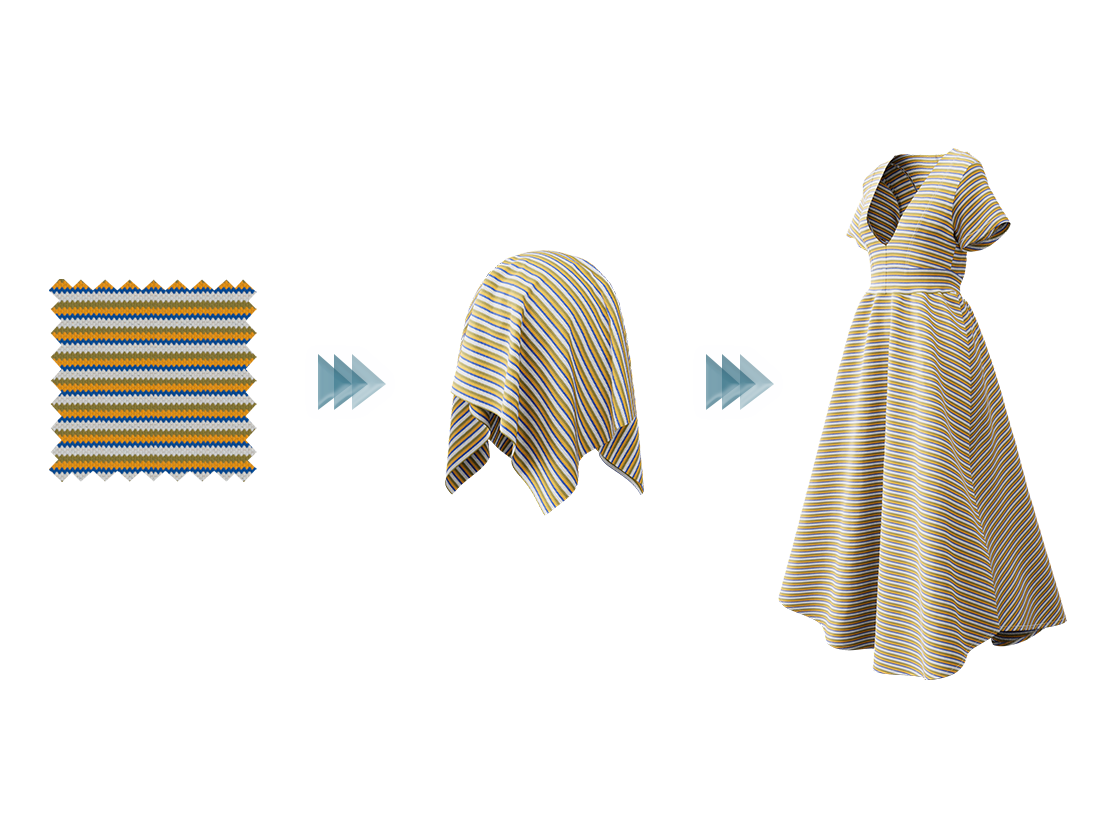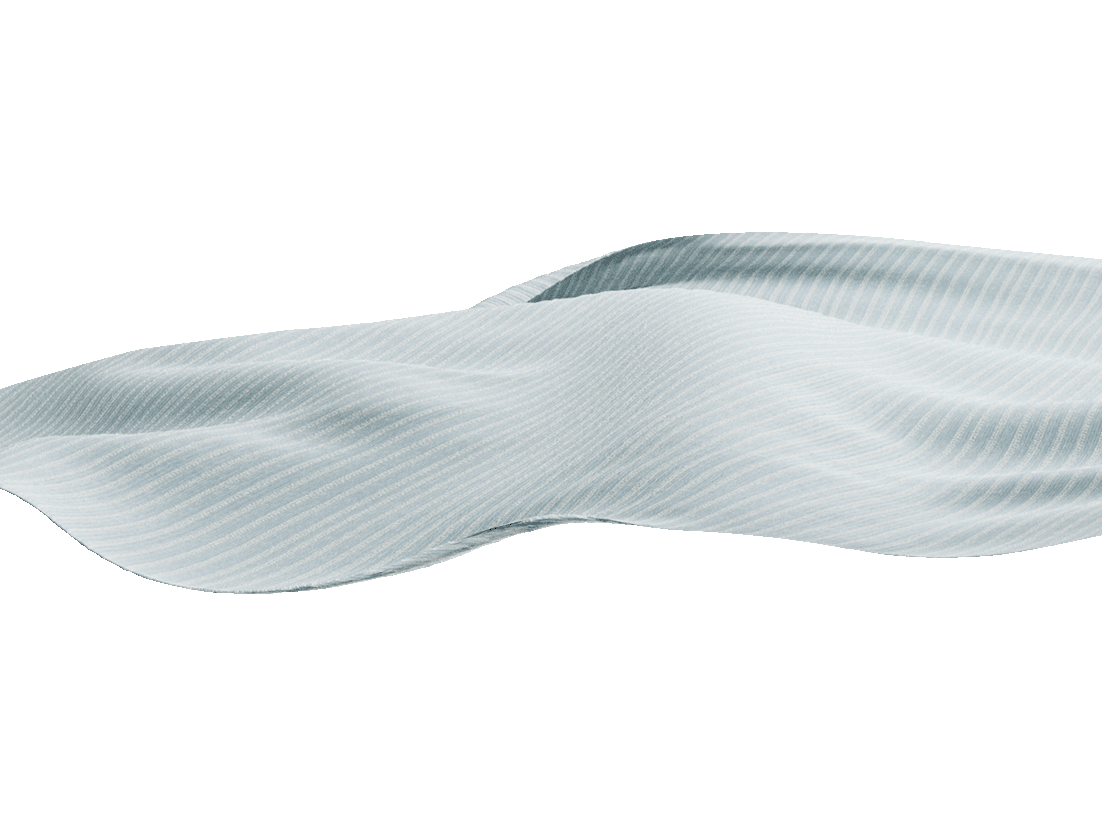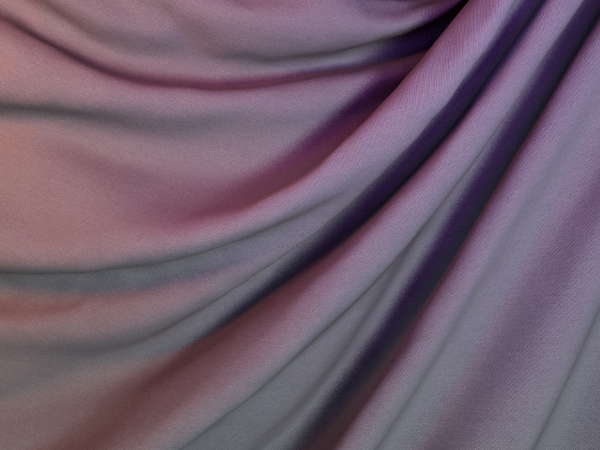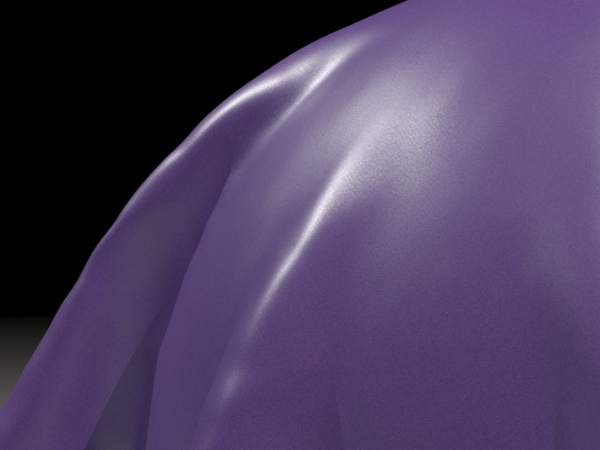Unpacking Digital Product Creation in Apparel
For decades, fashion designers and their teams have experienced an often painful and expensive process when it comes to creating a new collection. From creating designs, to sourcing materials, to actual production, getting a new collection to market is a complicated and cumbersome endeavor. Sadly, these obstacles have stifled creativity and innovation, limiting the number of great ideas—and great fashion—available to the world.
The rise of global processing power is changing all of that. As with many industries, new software and systems are having a significant impact on the fashion industry as well. Now, creating a product can be as simple as leveraging the right tools and technology to make digital product ideas go from first design to full collection. Even better, both the time and capital required to bring a great fashion idea to life continue to decline.
This article will explore:
- Digital product creation (DPC) and the impact of this cutting-edge technology on designers, manufacturers, and retailers the world over
- How DPC is applied in the real world
- The benefits of adopting this technology in your own work in the fashion world
What is Digital Product Creation?
Digital product creation involves leveraging technology to design, develop, and produce fashion products such as clothing, accessories, and footwear. This entails using software like 3D modeling and CAD programs to create virtual prototypes and detailed patterns, respectively, which can accelerate the design process, lower costs, and improve precision.
Furthermore, digital product creation uses computational technologies to design, develop, and market fashion products in ways that are faster, more sustainable, and exceedingly customer-centric. According to a report by McKinsey, companies that use DPC in their digital product development processes can expect to reduce time-to-market by up to 50% and reduce sample production costs by up to 70%.
Traditional vs. Digital Product Creation
Traditional product creation often involves multiple stages of production and redesign before reaching final production. The typical design process could look something like this:
- Designing the product
- Sourcing materials
- Creating prototypes and samples
- Testing the products with customers
- Redesigning with new materials and feedback
- Creating additional samples to make final fit decisions
- Producing the product in bulk
- Marketing and selling the products
This traditional method is a lengthy process often requiring significant upfront investment in time and money.
While DPC is still relatively new, the fashion world has already used it for a range of applications in the fashion world, including:
- Designing garments and accessories using digital tools
- Creating custom-made products for customers
- Allowing customers to design and order their clothing via online platforms
- Developing virtual showrooms to make it easier for customers to browse and buy products
- Using 3D printing technology to create complex patterns or accessories quickly
- Creating virtual samples to reduce the cost of sample production
For more information on how DPC works, watch here:
Applications of 3D Digital Product Creation in Apparel
Many major brands embrace DPC to stay ahead of the curve when it comes to trends. For example, Nike uses digital product creation (DPC) technology to design and produce sports apparel.
With DPC, fashion companies can now create and sell digital products much faster and cheaper, while also accessing an international customer base through online marketplaces. What follows are a few of the major benefits that have led brands to make the transition to DPC.
Design and prototyping
Digital product creation software allows fashion designers and studios to create products quickly and accurately. It benefits designers to test and refine their designs, experiment with different fabrics, and create prototypes without the need for physical samples. This process, in turn, reduces waste and streamlines the design process.
Fabric and material selection
Designers always look for unique fabrics. After all, customers crave different patterns, colors, and textures. DPC allows designers to search for and compare different fabric options quickly. DPC tools also allow designers to test the performance of fabrics in designs, ensuring that the final product meets quality standards.
Supply chain management
Fashion businesses need to manage their supply chains efficiently. Digital product creation allows companies to track the production process in real-time and quickly adjust to changes in production and demand. This helps brands minimize waste, reduce their costs, and maximize profits.
The digitization of the production process also makes it far more flexible to changes in demand and responding to new trends, giving fashion brands the agility to keep up with customers’ desires.
Marketing and e-commerce
It’s no secret that e-commerce is an integral component of the apparel industry. Digital product creation helps brands to promote their products quickly and effectively. Companies can create attractive visuals for physical products with DPC, such as 3D models and product demonstrations. This makes it possible for designers and brands to pre-sell new designs, before they’ve even taken on the burden of creating inventory.
DPC creates a more engaging customer experience for online businesses by improving these visuals and product demonstrations, which can lead to higher sales. Additionally, DPC makes it easier for fashion brands to manage their online stores and promote their products across multiple platforms.
Different Forms of Digital Product Creation in Fashion
As technology advances, so does digital product creation. A wide range of tools and technologies are available for fashion designers to create and prototype their designs. These are a few of those tools and their benefits.
3D modeling software
3D modeling software is a key tool in DPC. It allows designers to create virtual 3D models of their designs, experiment with different colors and materials, and test their designs before producing physical samples. It saves time and resources and allows designers to make changes to their plans quickly and easily.
Virtual reality and augmented reality
Virtual reality (VR) and augmented reality (AR) are increasingly popular in fashion. With VR, designers can create immersive experiences for potential customers, allowing them to virtually try on clothes and accessories before purchasing.
AR creates an engaging visual shopping experience, as customers can view and interact with products in real time. These fantastic tools enable fashion brands to create more personalized and engaging customer shopping experiences.
Digital prototyping
Digital prototyping is a crucial aspect of DPC. This mind-blowing technology allows designers to create and refine their designs using software. Digital prototyping also enables designers to test their prototypes’ performance in various environments.
Digital prototyping tools also enable designers to create digital products and experiment with different materials, colors, and textures with the click of a button.
Benefits of Digital Product Creation for the Fashion Industry
Consider the overall impact of the following benefits and advantages born from digital product creation:
Faster Time to Market
One of the key benefits of DPC is that it enables fashion brands to reduce their time to market. Brands can create and test prototypes quickly and easily without costly, time consuming physical samples. They can release products faster than ever and respond promptly and efficiently to changing trends.
Reduced Costs and Waste
Another great benefit of DPC is that it reduces the cost and waste associated with traditional product creation. DPC minimizes the need for expensive materials and production processes, saving costs in the long run.
Improved Collaboration and Communication
DPC enables fashion brands to collaborate and communicate more effectively with their teams. Designers can use digital tools to share designs, review feedback, and make changes quickly. It allows teams to work together more efficiently and create better products in less time.
Increased Customer Engagement
Finally, DPC enables apparel brands to create more engaging customer experiences. Using digital tools and technologies, they can create visuals that are more appealing to customers and personalize experiences. This strategy increases customer engagement, sales, and brand loyalty.
A New Wave of Fashion is on the Way
Digital product creation offers a range of benefits to the fashion industry, but it takes vision, foresight, and expertise to make the transition. To address these challenges, the fashion industry will need to invest in training and education, develop new business workflows and processes, and prepare employees for the digital future in a way that distributes the benefits to everyone.
One solution to these challenges is using innovative digital product creation platforms digital solutions like SEDDI offers. SEDDI is a leading digital product creation software provider that builds technologies and solutions to help brands create apparel products faster and more efficiently than ever before.
For example, SEDDI Textura is a cloud-based textile digitization platform that takes the complexity out of fabric digitization by making collaboration between brands and suppliers seamless. Digital textiles are the first step in any digital product creation process. All you need to use SEDDI Textura is a computer, Internet connection, and a desktop photo scanner. With SEDDI Textura, train users and implement SEDDI Textura in less than a day. With advanced AI-powered functionality, SEDDI can help fashion brands to create digital fabrics in minutes, closing the skill-gap. Instead of being bogged down in a painful process, SEDDI unlocks the true potential of digital products for both design hobbyists and world-renowned fashion brands alike.
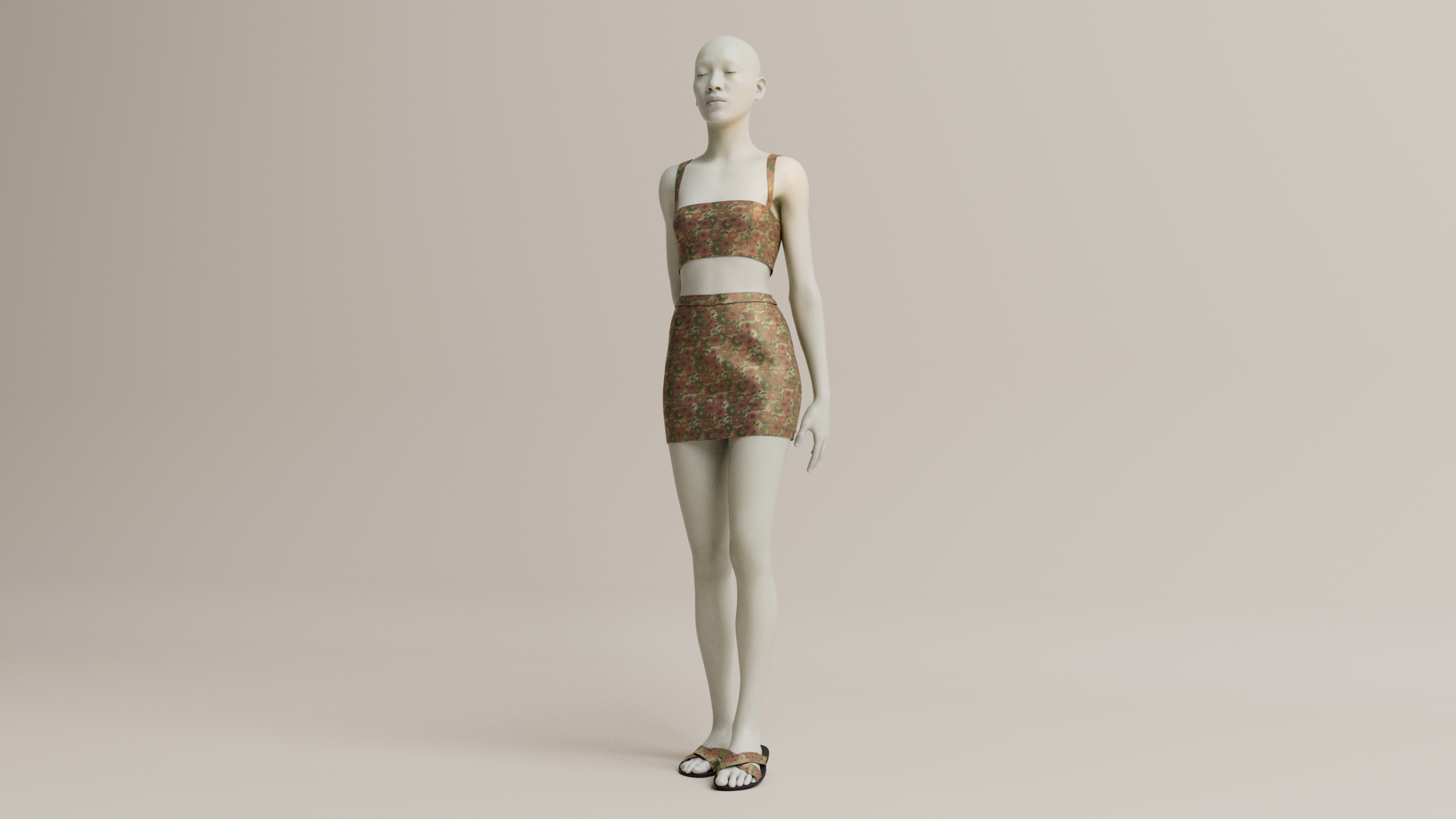
If you’re a fashion brand looking to stay ahead of the curve and take advantage of digital product creation technology, take the first step and try SEDDI Textura today.

